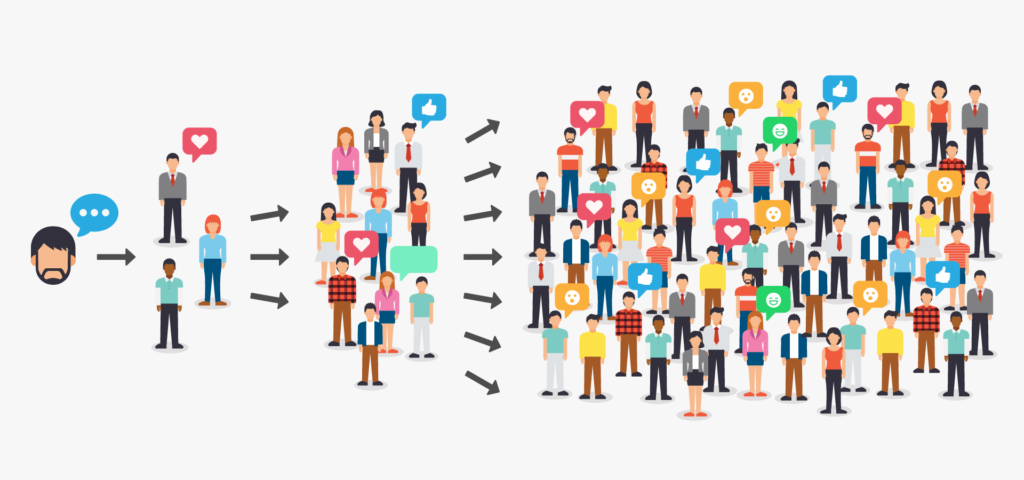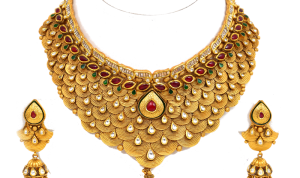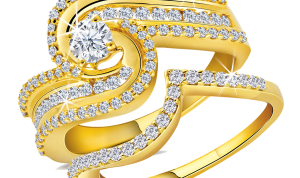Viral Diamond Collections Capturing Global Attention, these stunning assortments of diamonds have taken the world by storm, showcasing the beauty and allure of these precious gems. From unique designs to intricate craftsmanship, these collections not only dazzle the eye but also tell a story of luxury and sophistication.
As we delve into this fascinating topic, we will explore the trends that have sparked global interest, the cultural significance of diamond collections, and how they reflect the tastes and preferences of different societies. Prepare to be captivated by the enchanting world of diamonds!
In today’s fast-paced world, the importance of effective communication cannot be overstated. Whether it’s in personal or professional environments, the ability to convey thoughts clearly and persuasively is a skill that can significantly impact outcomes. Communication goes beyond mere words; it includes tone, body language, and even the context in which conversations occur. This article will delve into the multi-faceted nature of communication, exploring its various components, the barriers that can hinder effective exchanges, and providing practical strategies to enhance communication skills.### The Essence of CommunicationAt its core, communication is the process of sharing information, ideas, and emotions between individuals or groups.
It can occur through verbal means, such as speaking and writing, or non-verbal means, such as gestures, facial expressions, and body language. The significance of effective communication lies in its ability to foster understanding, build relationships, and facilitate collaboration. In a professional setting, clear communication can lead to improved teamwork, enhanced productivity, and reduced misunderstandings.### Components of Effective Communication
1. Verbal Communication
This includes the spoken and written word. Choosing the right words and constructing sentences that are coherent and relevant to the audience is vital. It’s not just about what you say but how you say it. Tone, pace, and clarity all play significant roles in verbal communication.
2. Non-verbal Communication
Often, what is not said carries as much weight as spoken words. Non-verbal cues such as eye contact, posture, and gestures can reinforce or contradict verbal messages. Being aware of these elements can help individuals communicate more effectively and gauge the reactions of others.
3. Active Listening
Communication is a two-way street, and listening is just as important as speaking. Active listening involves being fully present in the conversation, understanding the speaker’s message, and responding thoughtfully. It shows respect and encourages open dialogue.
4. Empathy
Understanding the emotions and perspectives of others is crucial in communication. Empathetic communication fosters trust and rapport, making it easier to resolve conflicts and collaborate effectively.
5. Clarity and Conciseness
Clear and concise messages are more likely to be understood. Avoiding jargon and ensuring that the main points are communicated without unnecessary complexity helps in delivering effective messages.### Barriers to Effective CommunicationDespite our best efforts, various barriers can impede effective communication. Identifying these barriers is the first step toward overcoming them.
1. Language Differences
In a globalized world, language barriers can hinder effective communication. Misinterpretations can occur due to differences in language proficiency or cultural nuances.
2. Perceptual Barriers

Individuals may interpret messages based on their own experiences, biases, or assumptions. Being aware of these personal filters can enhance communication and reduce misunderstandings.
3. Emotional Barriers
Emotions can cloud judgment and affect how messages are received. During stressful situations, individuals may struggle to communicate effectively or may react defensively.
4. Physical Barriers
In a work environment, physical surroundings can impact communication. Noisy environments, poor acoustics, or even technology malfunctions can create obstacles to clear communication.
5. Cultural Barriers
Cultural differences can influence communication styles. What is considered respectful in one culture may be interpreted differently in another. Developing cultural awareness can bridge these gaps.### Strategies to Enhance Communication SkillsImproving communication skills is an ongoing process that involves practice and self-reflection. Here are several strategies that individuals can adopt:
1. Practice Active Listening
Make a conscious effort to be present during conversations. This involves nodding, maintaining eye contact, and summarizing what the other person has said to ensure understanding.
2. Seek Feedback
Ask for feedback on your communication style from trusted colleagues or friends. Constructive criticism can provide insights into areas for improvement.
3. Engage in Public Speaking
Participating in public speaking events can boost confidence and improve verbal communication skills. It also provides opportunities to practice articulating thoughts clearly.
4. Read Widely
Exposure to different writing styles and perspectives can enhance vocabulary and improve writing skills. Reading can also provide insights into effective communication techniques.
5. Be Mindful of Non-verbal Cues
Pay attention to your body language and that of others. Being aware of these cues can help in understanding the full context of a conversation.
6. Adapt Your Style
Tailor your communication style to suit the audience and context. Understanding the preferences of your audience can enhance receptivity and engagement.
7. Conflict Resolution Skills
Developing skills to manage and resolve conflicts constructively can improve communication in tense situations. Approaching conflicts with a mindset of collaboration rather than confrontation can lead to positive outcomes.### The Role of Technology in CommunicationTechnology has revolutionized the way we communicate. From emails to instant messaging and video conferencing, various tools facilitate communication across distances. However, reliance on technology also poses challenges:
1. Misinterpretation
Written messages can lack the nuance of tone and body language, leading to misunderstandings. Using clear language and being mindful of the potential for miscommunication is essential.
2. Overdependence
Relying solely on digital communication can lead to a decline in face-to-face interactions, which are crucial for building relationships and trust.
3. Information Overload
The sheer volume of information available can be overwhelming and may hinder effective communication. Prioritizing important messages and using filtering techniques can help manage this overload.
4. Privacy Concerns
In the digital age, safeguarding personal information is vital. Understanding the implications of sharing information online is crucial for maintaining privacy and security.### ConclusionEffective communication is a vital skill that can enhance personal and professional relationships. Understanding the various components of communication, recognizing barriers, and implementing strategies for improvement can lead to more meaningful interactions. In a world that is increasingly interconnected, honing communication skills is not just an asset but a necessity.
By embracing the nuances of communication and being open to learning, individuals can foster a culture of understanding and collaboration, paving the way for success in all areas of life.
Questions Often Asked: Viral Diamond Collections Capturing Global Attention
What makes a diamond collection viral?
A diamond collection becomes viral when it captures public interest through unique designs, celebrity endorsements, or social media buzz.
Are there specific styles that are trending in diamond collections?
Yes, current trends include minimalist designs, vintage styles, and custom pieces that reflect personal stories or heritage.
How can I start my own diamond collection?
Begin by researching different styles, setting a budget, and perhaps starting with a few signature pieces that resonate with your personal style.
What should I look for when purchasing a diamond?
Consider the four Cs: carat, cut, color, and clarity, as well as the certification of the diamond for authenticity.
How do cultural differences influence diamond collections?
Cultural significance, traditions, and personal expressions of wealth and beauty vary widely, influencing the styles and types of diamonds favored in different regions.













